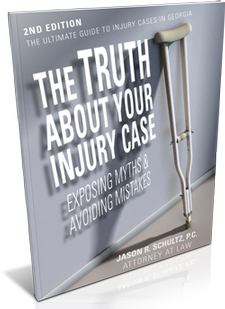Negligence in a Fireworks Accident
In most fireworks accidents, there is some form of negligence involved. Despite the public being aware of the dangers of children using or being near fireworks, it continues to be a problem.
Some people believe that certain types of fireworks are safer. But when it comes to children using fireworks, there really is no such thing. Examples of the types of fireworks that are associated with many of the injuries in children include firecrackers, bottle rockets and roman candles.
Even sparklers, which some adults believe are the safest option, can cause significant harm. Sparklers can reach temperatures as high as 1,000 degrees Fahrenheit, with the potential to catch fire onto a child’s clothing or to make direct contact with the skin (especially fingers and hands).
Adults who choose to put on their own fireworks display could be putting children’s lives at risk. If something goes wrong, it could result in an explosion, send sparks or debris flying, and material projecting with force into a child’s face.
Even with supervision, children can still be injured. Fireworks can be especially dangerous when supervision is absent or inadequate.
When negligence contributes to a fireworks accident involving children, it could lead to the filing of a claim. Talking with a Peachtree City, GA, personal injury attorney can help parents better understand legal options that may be available.
The law office of Jason R. Schultz employs Peachtree City, GA, personal injury attorneys concentrated in child injury cases. We may be able to help in determining the validity of a claim and explain the types of damages available after child firework accidents.


